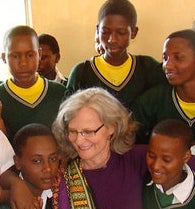 Thanks to open source software, Powering Potential and the Raspberry Pi Foundation are able to bring computers and a library of digital education content to rural schools in the East African nation of Tanzania. Recently, the Foundation funded a project that is now distributing Raspberry Pi computers with uploaded educational content alongside portable projectors and screens to 56 schools across the Zanzibar archipelago and two mainland regions of Tanzania. The Segal Family Foundation also provided matching funds, which enables the project to reach twice as many schools.
Thanks to open source software, Powering Potential and the Raspberry Pi Foundation are able to bring computers and a library of digital education content to rural schools in the East African nation of Tanzania. Recently, the Foundation funded a project that is now distributing Raspberry Pi computers with uploaded educational content alongside portable projectors and screens to 56 schools across the Zanzibar archipelago and two mainland regions of Tanzania. The Segal Family Foundation also provided matching funds, which enables the project to reach twice as many schools.
With a five-fold increase in the number of students in the decade following 2003, Tanzania is struggling to provide more schools, classrooms, teachers, desks, and textbooks. Yet whenever you visit rural secondary schools in Tanzania, you will find eager girls and boys in roughly equal numbers outfitted in uniforms with ready smiles.
I spoke with Janice Lathen, founding director and president of Powering Potential, to learn more about the program and its use of open source software.

The OSI discovered your project through a tweet reaching out to share what Powering Potential has accomplished. Can you provide a bit of background about how you got started and your work to date?
Powering Potential began in March 2006, when I visited a school and was moved by the students' enthusiastic response when I introduced myself in Swahili. The next year, I returned to the school with a donated laptop. The headmaster thanked me, saying that he would take the computer home each night to recharge it because the school lacked electricity. Powering Potential addressed this need by developing an educational computer lab based on solar power with open source software running on low-cost, single-motherboard computers. It is simple to implement, easily replicated, and sustainable.
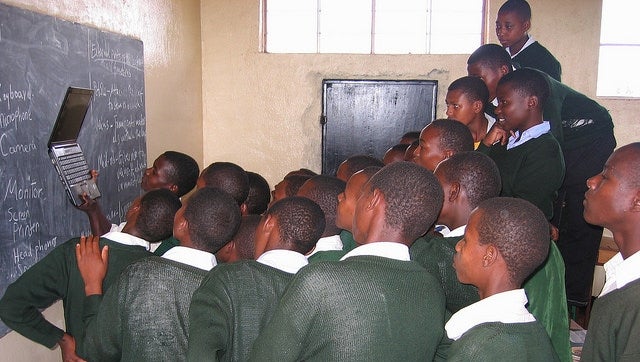
Students from Banjika Secondary School experiencing a computer for the first time
To date, Powering Potential's team of Tanzanians has installed solar power and Raspberry Pi computers in 13 rural secondary schools. One of the Pis in each computer lab is typically configured as an offline server for RACHEL educational content. RACHEL is compiled by the nonprofit organization World Possible and also includes a database of offline-accessible Khan Academy videos called KA-Lite from Learning Equality. RACHEL also includes Wikipedia articles, UNESCO teacher resources, medical reference books, and Project Gutenberg books.
What kind of open source software are you deploying in the schools?
Each fully configured Raspberry Pi computer is a cell phone sized unit that runs Raspbian, which is a version of Debian Linux from the Raspberry Pi Foundation. This latest edition also includes Scratch, Python, and LibreOffice, among other open source software. Open source is both a hallmark of our project and the key to its sustainability. Our computer labs would become too difficult to sustain if there were ongoing software maintenance costs.
Powering Potential has been dedicated, for the last decade, to providing effective solutions to rural schools that lack educational resources. By using open source products, we give students who are adept at coding the chance to participate in collaborative global efforts to make innovation an immediate reality for everyone.
How do you deploy the computers, administer the technology, and manage the program?
When building a computer lab, we start with the installation of a solar power system, a LAN with five client RPi's, one RACHEL server, a file server, and technology training for a teacher designated by the school to be the lab manager. We also install Internet-ready equipment for a mobile broadband connection that is accessible for some schools depending on signal strength. After this is done, we begin providing technology training for the teachers and student body.
Phase 2 of the program is implemented after the school district assigns a permanent computer teacher and the school meets our expansion requirements. We then increase the number of computers to 20 and expand the solar energy system, resulting in a school lab that can accommodate up to 40 students at a time. This allows the school to offer the national curriculum in Information and Computer Studies (ICS), a four-year sequence.
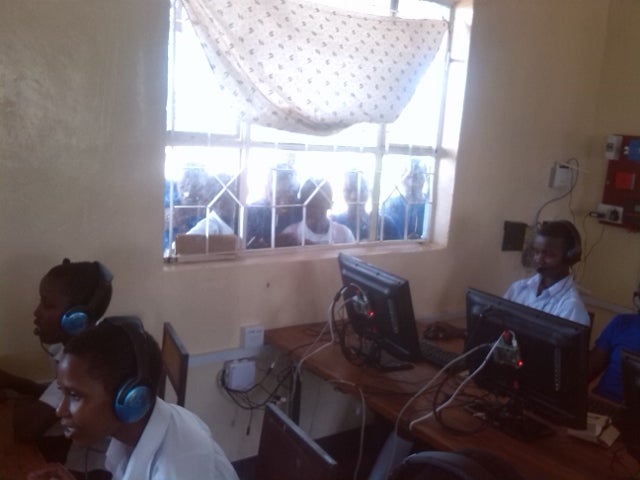
Students at Baray Secondary School in Karatu, Tanzania
We also provide our "Pi-oneer" to the schools, which consists of a Raspberry Pi loaded with RACHEL, a mobile projector, a screen, and a solar recharging unit. Teachers can take the Pi-oneer into their classrooms to display materials illustrating the concepts being taught.
What's the result of your work?
Approximately 7,500 African students have been introduced to computers thus far, allowing them to access this educational content and learn computer skills. Some graduates now have jobs that utilize their computer skills. Others have gone on to enroll in Computer Science fields in higher education. More than 1,500 teachers and students have completed a Powering Potential training course. In addition, our impact includes 700 students that have enrolled in the national ICS courses. The Tanzanian government has repeatedly recognized our nonprofit for these reasons, including personal recognition from H. E. Dr. Jakaya Kikwete, the former president of Tanzania. You can read more about our record of excellence on the Powering Potential blog.
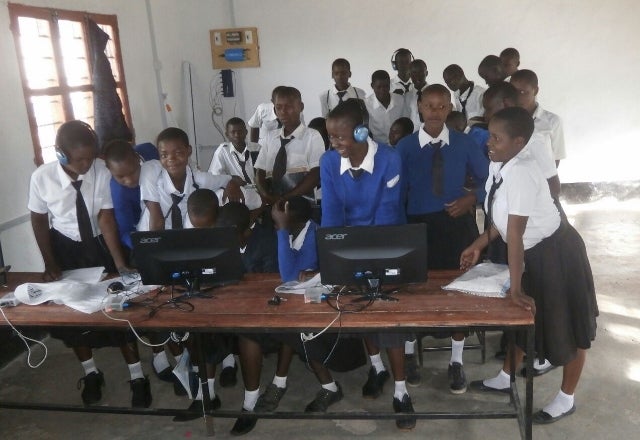
Students at Mekomariro Secondaray School in Bunda, Tanzania
What type of ongoing support are you looking for, and how can the broader open source and even educational communities help?
Our funding stems from foundation, individual, government, and corporate sources in the US and Tanzania. Donations can be made at poweringpotential.org/donate. We are also holding a cocktail fundraising event at the Hemingway African Gallery on June 9, 2016 in NYC to commemorate our 10th year of service in Tanzanian education.
We currently utilize a team of professional volunteers to help with technology, publicity, and data analysis. At this time, we are seeking software engineers experienced with Linux and the Raspberry Pi to expand these efforts. We also require a professional analyst to review our impact data and create visual representations of it. If you are interested in participating, please send an email to info@poweringpotential.org.
We believe that an ideal nonprofit is a torch leading the way towards a better humanity. It is our mutual responsibility to be inclusive of students in the world who have fewer advantages. Their minds hold the keys to a successful future. All they require is the opportunity to be heard.
Those interested in learning more or even participating in our cause can visit us at PoweringPotential.org or following hashtag #EdTechTZ on Twitter. As you do, remember to keep spreading the word about Powering Potential, open source, alternative energy, and sustainability initiatives around the globe. It is because of compassionate and engaged open source community groups like yours that we are able to accomplish so much with so little.

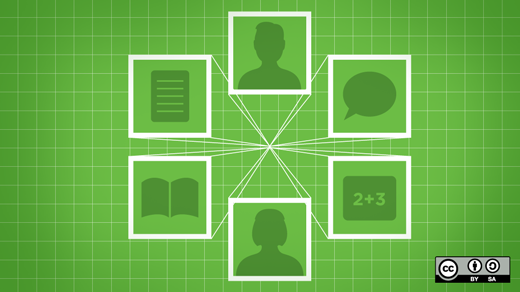





2 Comments